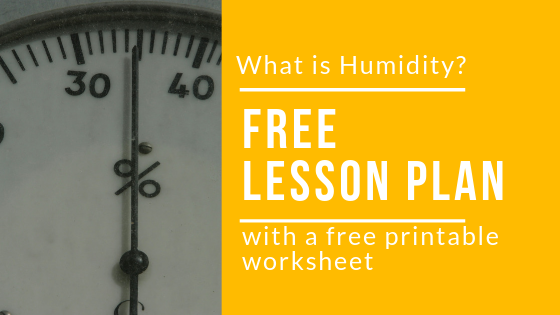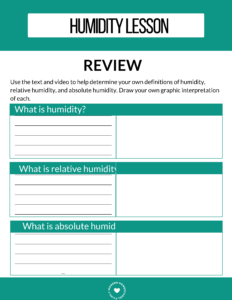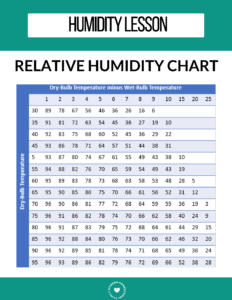This Free Planets Unit Study for Homeschoolers is made possible by hoopla digital, one of my favorite STEAM unit study resources. Please consider expressing your thanks on Twitter or Facebook. All opinions expressed are those of the author.

Homeschooling gives you the opportunity to allow your children to explore their passions. It’s not taking a break to build an app, learn about weather affecting your community, or read about planets and galaxies. All of the exploration your children encounter through reading, writing, watching videos, and creating relate to your homeschooling curriculum and goals, whether you are focused on a traditional curriculum or child-lead learning.
That’s why STEAM lesson plans are so valuable for homeschoolers at any grade level. The integration of Science, Technology, Engineering, Art, and Math allow for limitless opportunities for learning.
The last several weeks have brought incredible weather phenomena to various parts of the country. The Midwest is suffering from devastating floods after record breaking snowfall, for example. Spring and summer bring thunderstorms, hurricanes, and tornadoes. A weather unit is such an exciting thing to study within STEAM!
One weather element that can be a bit confusing is humidity. There are so many fun experiments and resources to discover on the concept. Here’s a Free Humidity Lesson Plan to try with your student!
Free Humidity Lesson Plan for Homeschoolers
Lesson: What is Humidity?
Grade Level(s): 5-8
Learning Resource:
The Science of Extreme Weather (video)
Find it on hoopla digital
Find it on Amazon
What Are the Elements of Weather? by Joanne Randolph and Kathy Campbell
Find it on hoopla digital
Find it on Amazon
Introduction:
This lesson will begin with a video from the series, The Science of Extreme Weather (30 minutes) and will include a review of humidity (absolute and relative humidity) and states of matter which should take around 30 additional minutes. The experiment should take approximately 30 minutes to complete, review and discuss the results. Plan approximately 1.5-2 hours to complete the lesson.
You’ll want to grab the free printable graphic organizer and chart to complete the activity.
Materials:
- Clean empty paper cup (not Styrofoam)
- Water
- Two small thermometers
- Cotton balls
- String
- Clear Tape
- Book: What are the Elements of Weather?
- Humidity Graphic Organizer
- Relative Humidity Chart
- Video: The Science of Extreme Weather, Episode 4: Extreme Humidity, Rain, and FogProcedure:
STEP ONE:
Watch The Science of Extreme Weather, Episode 4: Extreme Humidity, Rain, and Fog to give an overview of the energy in a thunderstorm that brings these elements.
STEP TWO:
Review pages 12-13 in What are the Elements of Weather? and discuss humidity, states of matter, relative humidity, and absolute humidity.
When someone is talking about it being muggy or a dry heat, what they are really talking about is humidity.
Humidity is the amount of water vapor present in the air.
To understand humidity, you need to know that water can be a liquid (like rain), solid (like ice) or a gas. Gas isn’t usually seen, but you can imagine it like steam from a shower or from boiling water.
You might have already learned about them if you’ve already learned about the states of matter. If not, here’s a quick explanation:
Everything on Earth is made of molecules. Molecules are very, very, tiny. So tiny that you need a very special microscope to see them.
When molecules are really, really, really close together, it makes things that are solid. When molecules are just kind of close together, it makes things that are liquid. When molecules are very far away from each other, it makes things that are gasses.
Remember how it can feel muggy outside? When it’s muggy, you feel kind of wet, even though it’s not raining. That’s because there is water in the air, but the water isn’t liquid. The water molecules are very far apart, so it’s a gas that you can’t see. That’s when the humidity is high.
Sometimes, there is very little water vapor in the air and it feels dry. That’s when the humidity is low.
You know that humidity is the amount of water vapor in the air. When you hear weather forecasters talk about humidity, you might hear them use the terms “relative humidity” and “absolute humidity.” When we talk about how muggy or damp it is, we’re talking about absolute humidity. But, did you know that the humidity can actually affect how the temperature of the air feels on our skin?
Absolute humidity is telling us exactly how much moisture is in the air.
Weather forecasters use a mathematical formula to figure that out.
Relative humidity affects how we feel temperature.
STEP THREE:
Fill out the Humidity Graphic Organizer to review definitions of humidity, relative humidity, and absolute humidity. Draw a graphic representation of each term. To bring a technological aspect in, your child may choose to use Google Draw or another tech tool to create the images and bring them in.
STEP FOUR:
Relative Humidity Experiment
You’ve learned a lot about humidity so far. Let’s have some fun with this experiment to learn more about how humidity affects the temperature.
Materials Needed:
- Clean empty paper cup (not Styrofoam)
- Water
- Two small thermometers
- Cotton balls
- String
Clear TapeProcedure:
- Turn the cup upside down and punch a small hole in it using a pencil or a pen. You want the hole to be big enough to pull the string through, but not too big.
- Cut a piece of string about 24” long.
- Tie a big knot at one end of the string and slide the string through the hole so that the knot is inside the cup. Pull it through until the knot stops (don’t pull the knot through the cup).
- Tape a cotton ball over the bulb part of one of the thermometers (the rounded part at the bottom) and get the cotton ball wet.
- You should have two thermometers; one with a cotton ball and one without.
- Tape the thermometers across from each other on the sides of the cup.
- Take your cup, a piece of paper and a pencil and go outside.
- Holding the loose end of the string close to your waist (the farthest away from the cup), swing the cup around (imagine you are swinging a lasso) for about a minute.
- Stop and quickly look at the temperature on each thermometer and write it down.
What did you observe?Did you notice that the thermometer with the wet cotton ball had a lower temperature than the dry thermometer? This is because when the water was evaporating, it was cooling the air around it. If you live in a very dry climate, this happens fast. If you live in a very humid climate, this happens slowly.
That gives you an idea of how relative humidity works. If you want to know what the exact relative humidity is, you can calculate the percentage using the relative humidity chart. If you’d like, you can try this experiment over again on different days, calculate the percentage of relative humidity and keep track of it!
Learning about humidity through reading, watching informative videos, and performing hands-on experiments is one of the ways homeschoolers can use STEAM lessons to bring the power of Science, Technology, Engineering, Art, and Math into their school day. This lesson uses the science study of weather, technology tools such as science instruments and video, art to visualize vocabulary words, and math to measure temperature and humidity.
Don’t forget to grab your worksheets for this free humidity lesson plan!
This free Humidity lesson plan is made possible by hoopla digital.
hoopla digital is a category-creating service that partners with public libraries across North America to provide online and mobile access to thousands of movies, television, music, eBooks, audiobooks and comics. With hoopla digital, patrons can borrow, instantly stream, and download dynamic content with a valid library card. All content is accessible via hoopla digital’s mobile app and online at www.hoopladigital.com. hoopla digital is a service of Midwest Tape – a trusted partner to public libraries for nearly 30 years
For more information about the company, visit: https://www.hoopladigital.com/about.
Please consider expressing your thanks to them on Twitter or Facebook.









